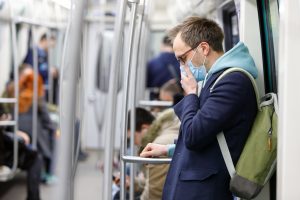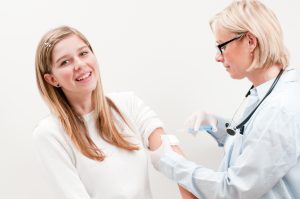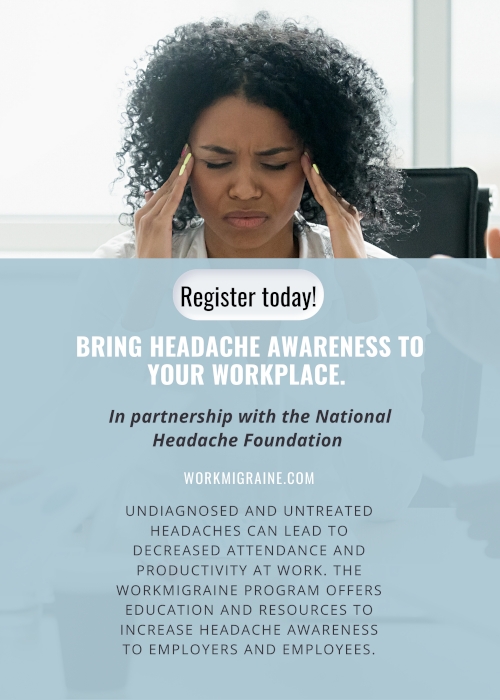COVID-19: What We Need to Know
Saturday, March 14th, 2020
The world has been affected by this coronavirus outbreak in a way that none of us expected a few weeks ago. With the widespread reach of the media and social networks, we have the double-edged sword of a surplus of information. It can be difficult to wade through it all and make sense of what it means. There are two extreme ends of the spectrum, oscillating between extreme panic to an almost blase attitude. There is some real cause for concern, but we’d like to help the situation by compiling some helpful facts and tips for how to handle our current situation.

Preventing the Spread of Disease
The disease has been found to spread most easily from close contact (within 6 feet) from person to person. The transfer of the virus can occur from unprotected coughing or sneezing. The CDC has been extremely clear in describing the measures we can all take to prevent the spread of this highly contagious virus.
- Wash hands frequently, especially after using the bathroom, coughing or sneezing, touching any potentially contaminated surfaces.
- Keep your unwashed hands away from your face where germs can obtain easy entry into your body.
- Stay home when you are sick.
- Keep away from people who are infected with the virus.
- Put distance between yourself and large groups of people if there is a spread in your community.
- Wear a facemask ONLY if you are sick or caring for a sick person who may be unable to wear one.
- Clean and disinfect frequently touched surfaces.

As employers, how can we keep our workplaces healthy?
- Encourage employees to stay home when sick by providing flexible sick leave policies.
- Enable as much work to be done remotely as possible during community outbreaks.
- Separate sick employees who may become sick during the workday.
- Encourage routine hand washing.
- Perform thorough routine cleaning of frequently touched surfaces.
- Educate employees on symptoms or coronavirus.
Symptoms of Coronavirus
The coronavirus is a respiratory illness exhibiting the following symptoms. Keep in mind that people may respond to the virus in different ways. These symptoms may appear up to 14 days after exposure:
- Fever
- Cough
- Shortness of breath
Most cases of the virus have been mild and recoverable. However, there are some who are at increased risk for the most severe cases, potentially becoming fatal. Those at high risk include the elderly and those with preexisting conditions such as heart disease, diabetes, and lung disease. If you or someone close to you fit into the high-risk category, take extra precautions.
If you do exhibit symptoms don’t go to the doctor. Call your doctor and describe your symptoms and possible exposure to the illness. They can advise you if you need to be tested and tell you what your next steps should be.

Be a Kind Human
Remember that we are all in this together. Even if you are not at a high-risk for infection, you may unknowingly be in close contact with people who are. Consider the people around you. Take all the precautions advised by the CDC to prevent or lessen a widespread outbreak in your area.
Be considerate when stocking up on supplies and only purchase what you need. Leave some for others rather than overbuying out of panic or fear.
Keeping Anxiety at Bay
In order to keep anxiety at bay, it may be best to limit your exposure to social media outlets. Protect your mental health by keeping things light, talking to your loved ones and staying focused on the positive. Even though this virus isn’t well known, much progress has been made already. The mass cancellations are for our safety and prevention and should be comforting more than inciting fear. It’s a means of stopping the spread of the virus so that it stays under control.
For much more specific information on the coronavirus and how to stay healthy, especially as businesses and employers, visit the official CDC website.
Cervical Cancer is Preventable
Tuesday, November 26th, 2019
January is Cervical Health Awareness month to raise awareness about HPV vaccination and prevent cervical cancer. Currently, 13,000 women in America have cervical cancer. Millions more have the HPV virus, which is the most common cause of cervical cancer. The critical thing to note this month is that deaths due to cervical cancer are preventable.

What is HPV?
Human Papillomavirus Infection, commonly referred to as HPV, is a prevalent virus. Nearly 80 million people in the United States are infected. This virus can be spread through sexual activity. Since many who are infected never exhibit any symptoms, it can be easily spread without realizing. This is why regular exams are so important.
Mild cases of HPV can produce genital warts, while extreme cases can lead to Cervical Cancer. There is no treatment available for HPV, which is why the vaccine is so important. Prevention is possible.

The HPV Vaccine
Doctors recommend that both boys and girls receive the HPV vaccine beginning at age 11 or 12. Receiving the vaccine at such an early age ensures a better and stronger immune response. Usually, only 2 doses are necessary for children under age 15. In adulthood, it may take up to 3 doses of the vaccine to achieve the same result. Individuals can receive the vaccine through age 45.
Beginning at age 21, women should receive a pap screening every year. Women over 30 should receive both a pap test and HPV test regularly. Most insurance plans cover cervical cancer screenings, so all preventative care should come at no additional cost to the patient. This makes it even easier to prevent Cervical Cancer.

Early Detection is Key
Regular cervical screenings can detect any abnormal changes in cells before they become cancerous. So even though there is no treatment, prevention is very simple. It’s simple because all it takes is to keep up with your regular well check-ups.
Help us spread the word and promote awareness about Cervical Cancer prevention. The tragedy of deaths by Cervical Cancer can be prevented with regular screenings and follow up care. Visit our Wellness Observance Calendar for resources and information to help us spread awareness.

